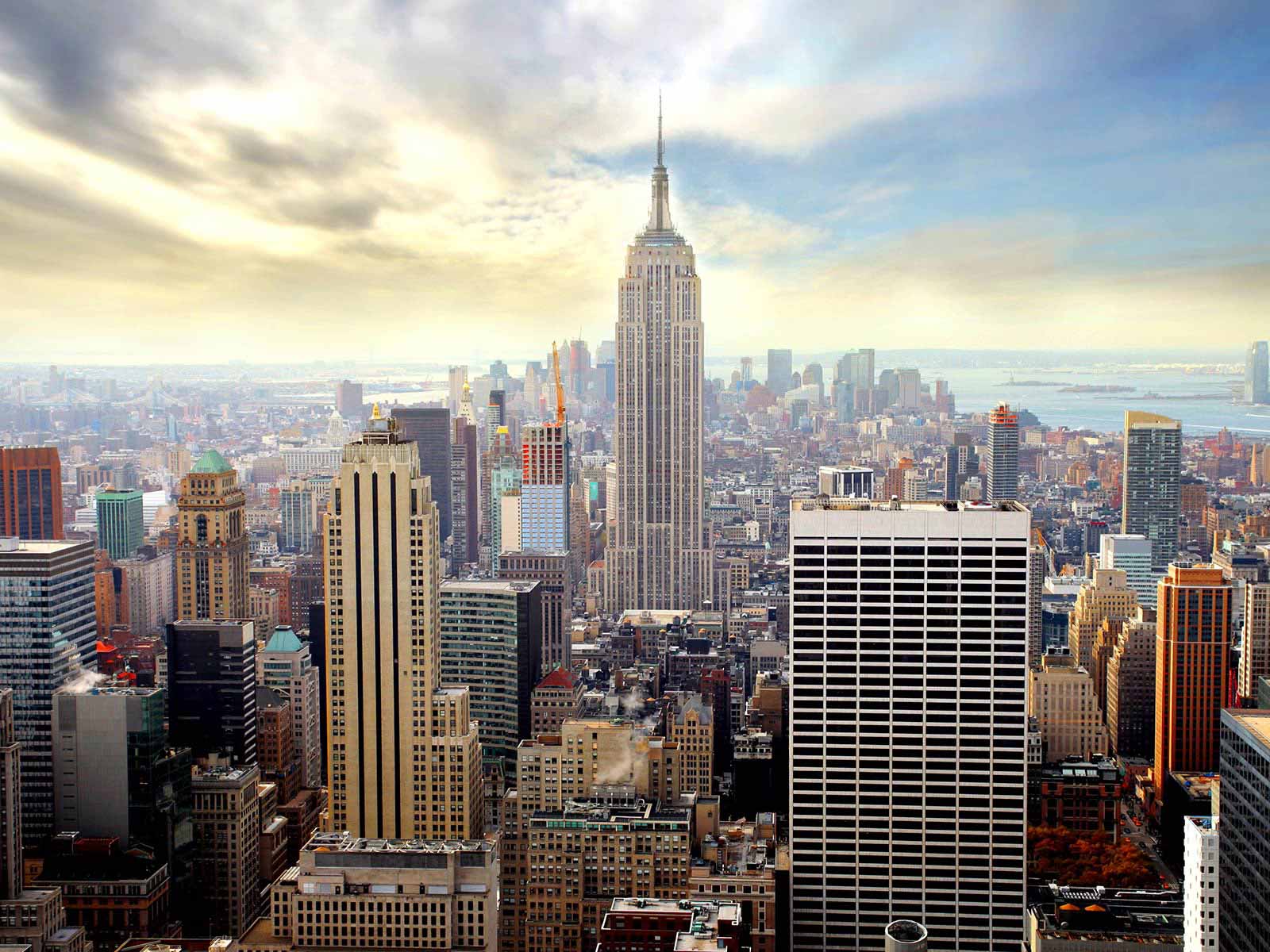What is Local Law 97?
The vast majority of building owners in New York City are finding themselves having to navigate a seemingly ever-increasing number of onerous laws intended to reduce a building’s energy use and the associated environmental impact. This holds true for Local Law 97, which has been designed to be the enforcement mechanism of New York City’s Climate Mobilization Act. On its face, it may seem to be an inescapable and draconian law; however, once you understand its nuances, the steps in overcoming this challenge become much less daunting.
What are the fines Under Local Law 97?
Local Law 97 sets limits to the emission intensity allowed for approximately 57,000 buildings in New York City that have over 25,000 square feet of floor space across 10 building occupancy categories. These limits set the basis of the fines that will be applied to NYC buildings and are calculated by comparing the metric tons of CO2e (carbon dioxide equivalent) per square foot that are produced from your building’s consumption of energy to the specific Local Law 97 limit for your building’s occupancy category. For each metric ton of CO2e (also referred to as GHG emissions) that your building produces in excess of the city’s limit, a penalty of $268 will be applied. For example, if your building uses 1,000 metric tons of CO2e over the maximum limit for your building occupancy category annually, your building would face a yearly penalty of $268,000.00.

Who is responsible for paying the fine?
Due to the nature of this fine, and the fact that it is based on the amount of energy used in the building, it would logically seem that the person, tenant or company responsible for consuming the energy should be responsible for paying the associated fine; but this is not the case. Under Local Law 97 it is the building owner who is responsible for paying this fine and the building owner who is responsible for finding ways to mitigate the fine. However, some buildings are exempt from fines under Local Law 97. These exemptions currently apply to buildings: with rent controlled or stabilized units, used by religious organizations, used for the generation of electric power or steam, organized under Article 2 of the private housing finance (Mitchell Lama) law and owned by the city. Despite the fact that these exemptions are already very limited, it is likely that planned changes to this law in the near future will further restrict these exceptions.
What should I do today?
The challenge for building owners is to keep their building’s emissions below the limits set by Local Law 97; and optimizing the building’s energy usage is the most expedient way to do this. Knowing how much energy your building uses, what types of energy your building uses, how efficiently your building uses energy and how to identify what options are available are the keys to addressing Local Law 97. Early planning will make the decision-making process much easier and will directly relate to a better result.
How can FST Help?
Because the fines under Local Law 97 are substantially more severe than those of other similar local laws, a long-term energy and carbon reduction strategy is a valuable investment. FST Technical Services can help you create a tailored approach unique to your building’s needs and identify the options available to reduce energy, GHG emissions and the associated Local Law 97 fines for your building.

FST Technical Services (FST) specializes in building systems performance, analyzing energy usage and providing owners with ways to improve operational efficiency. FST can conduct an ASHRAE Level II energy audit to identify measures, with calculated payback, to lower the building’s energy consumption and/or operational costs. Understanding that every building is unique, we will help us guide you in prioritizing which energy conservation measures to implement. FST will also provide a general assessment of how the energy using equipment/systems in the tenant space affect the base building’s energy consumption.

